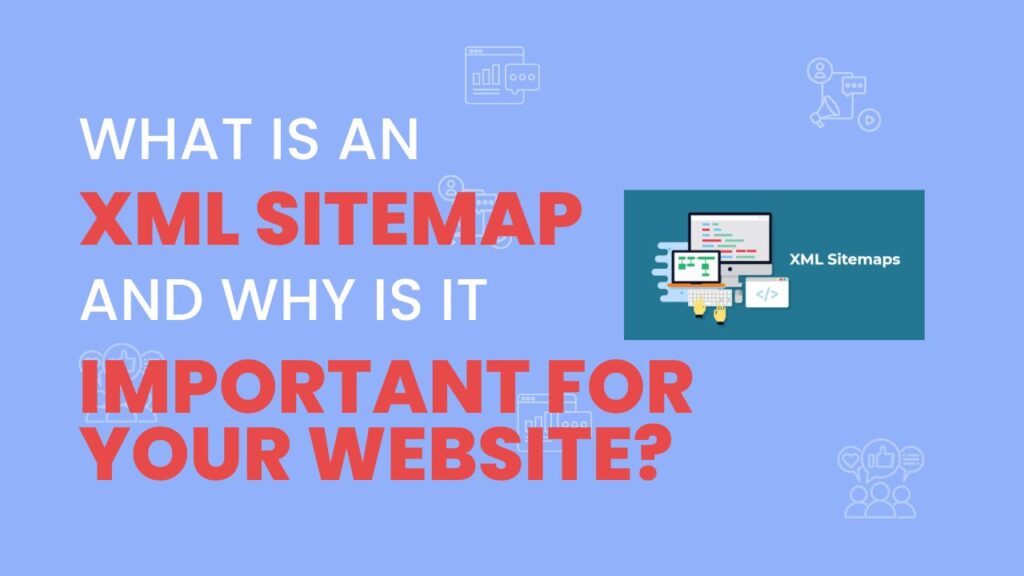Contents
Schema markup is a powerful tool that helps search engines understand the content of a webpage. By using specific types of schema, website owners can improve their visibility in search results, enhance user experience, and provide rich snippets. Three common schema types are BlogPosting, NewsArticle, and Article. In this article, we will explore the differences between these schema types, including their definitions, appropriate use cases, and examples.
1. BlogPosting Schema
Definition:
The BlogPosting schema is used to mark up individual blog posts. It is a subtype of the Article schema and is specifically designed for content that is published on a blog. This schema provides search engines with details about the blog post, including the author, date published, headline, and the main body of the content.
Use Case:
Use BlogPosting when marking up content that is part of a blog. This schema is ideal for personal blogs, corporate blogs, or any site that publishes articles in a blog format.
Example:
{
“@context”: “https://schema.org”,
“@type”: “BlogPosting”,
“headline”: “10 Tips for Healthy Eating”,
“author”: {
“@type”: “Person”,
“name”: “Amit Verma”
},
“datePublished”: “2024-10-01”,
“image”: “https://example.com/images/healthy-eating.jpg”,
“articleBody”: “Eating healthy is essential for maintaining good health. Here are ten tips to help you make better food choices…”
}
Explanation:
In this example, we define a blog post titled “10 Tips for Healthy Eating.” The schema includes the post’s author, publication date, associated image, and a brief snippet of the content. By using this schema, search engines can better understand the nature of the content and potentially display it as a rich snippet in search results.
Read it on Schema.org: BlogPosting Schema
2. NewsArticle Schema
Definition:
The NewsArticle schema is tailored for news-related content. It is a subtype of the Article schema specifically used for articles published by news organizations or reporting news events. This schema includes additional properties relevant to news articles, such as the location of the news event and the main entity involved.
Use Case:
Use NewsArticle for content that reports current events or news stories, such as articles published by news outlets, online magazines, or news blogs.
Example:
{
“@context”: “https://schema.org”,
“@type”: “NewsArticle”,
“headline”: “Local Community Celebrates New Park Opening”,
“author”: {
“@type”: “Person”,
“name”: “Amit Verma”
},
“datePublished”: “2024-10-01”,
“image”: “https://example.com/images/new-park.jpg”,
“articleBody”: “The local community gathered to celebrate the grand opening of the new park, which features walking trails and a playground for children…”,
“mainEntityOfPage”: {
“@type”: “WebPage”,
“@id”: “https://example.com/new-park-opening”
},
“locationCreated”: {
“@type”: “Place”,
“name”: “City Park, Delhi”
}
}
Explanation:
This NewsArticle schema marks up a news story about a park opening. It includes the article’s title, author, publication date, and an image. Additionally, it specifies the location where the event took place, making it clear that this article reports on a current event. This specificity helps search engines display the article appropriately in news-related searches.
Read it on schema.org: NewsArticle Schema
3. Article Schema
Definition:
The Article schema is a more general type used for any article published on the web. It serves as a parent type for both BlogPosting and NewsArticle and can be used for any kind of written content that does not fit neatly into the other two categories.
Use Case:
Use Article for academic papers, research articles, or any content that is part of a publication but does not necessarily fall into the categories of a blog post or news article.
Example:
{
“@context”: “https://schema.org”,
“@type”: “Article”,
“headline”: “The Impact of Climate Change on Agriculture”,
“author”: {
“@type”: “Person”,
“name”: “Amit Verma”
},
“datePublished”: “2024-10-01”,
“image”: “https://example.com/images/climate-change.jpg”,
“articleBody”: “Climate change has significant effects on agriculture, impacting crop yields and food security across the globe…”
}
Explanation:
In this example, the schema describes a general article about climate change. The Article schema is used because this content doesn’t specifically fit the blog or news category. By using this schema, content creators can ensure that their article is indexed correctly by search engines.
Read it on Schema.org: Article Schema
Key Differences
| Feature | BlogPosting | NewsArticle | Article |
|---|---|---|---|
| Type | Specific to blog posts | Specific to news articles | General article type |
| Use Case | Personal/corporate blogs | News reporting | Academic, research, general articles |
| Additional Properties | Author, publication date, body | Location, main entity, etc. | Author, publication date, body |
| Schema Hierarchy | Subtype of Article | Subtype of Article | Parent type |
Conclusion
Choosing the correct schema type is crucial for helping search engines understand the content of your webpage. Using BlogPosting for blog posts, NewsArticle for news reporting, and the more general Article schema for other types of written content allows for effective communication of the content’s nature. By implementing schema markup, website owners can improve the chances of their articles being displayed prominently in search results, leading to increased visibility and engagement.

Hey SEOs, I’m Maharshi – your friendly neighborhood search expert. I’ve been in the SEO game since 2017 and want to share my knowledge with you.
On this blog, we’ll explore practical tips to boost your search rankings. No confusing lingo, just straightforward advice to master search engines. Think of me as your SEO guide. I’ll walk you through optimizing website code, creating engaging content, understanding Google’s algorithms, and more.
We’ll cover everything from keywords to site speed using the latest, most effective strategies. My goal is to demystify SEO so you can start searching smarter.
Sound good? Buckle up and let’s get started! I promise an educational (and maybe even fun) ride into the world of search engine optimization. No shady tricks, just proven techniques to grow your online presence.
Let’s do this!

